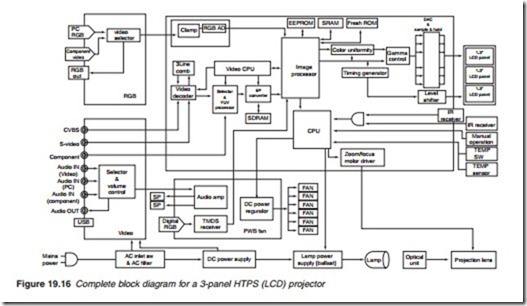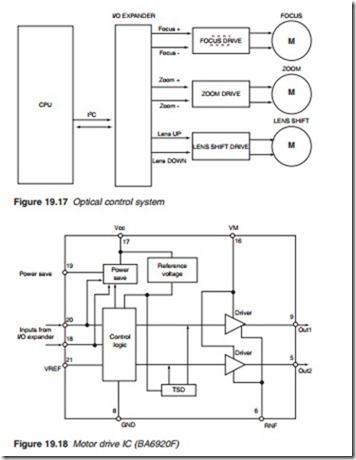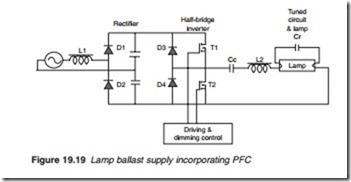Three-dimensional video display
Three-dimensional (3D) video display is not new. As far back as 1946, John Logi Baird demonstrated a 3D image. So far, 3D video has been restricted to a one-off entertainment experience to theatre-goers. Today, however, it
is seen as the next big thing after flat panels and HDTV to such an extent that more than 100 companies led by Sharp and Sanyo formed the 3D con- sortium (3DC) and MPEG established a 3D audio/visual coding (3DAV) ad hoc group.
384 Newnes Guide to Television and Video Technology
The manner in which we perceive 3D images is the disparity between images seen by each eye. The two images are focussed in the brain giving us a sensation of depth. It is this mechanism that 3D video attempts to emulate. 3D technologies fall into two major categories: binocular stereo- scopic requiring the viewer to wear spectacles and autostereoscopic which do not require the use of spectacles.
There are a number of different types of binocular stereoscopic dis- plays; all use a pair of spectacle which allows one image through to the left eye and another to the right eye. The polarised light display (PLD) uses Polaroid glasses to direct the image to the appropriate eye. The head– mounted display (HMD) uses two separate monitors with a viewing hood to display left and right pictures, respectively. The two pictures are brought together by optical means. HMDs give an immersive experience and are popular with virtual reality systems. The split-screen type is similar to the HMD in that it displays separate left and right pictures. The differ- ence is the split-screen, as the name implies, uses a single monitor to do that with the inevitable reduction in resolution. The complementary colour type is the technique used in early 3D cinema. The spectacles have colour filters: red and blue to separate the images going to the left and right eyes. Finally in this category, the eclipse method in which the left and right images are presented in alteration instead of simultaneously. The viewer uses special spectacles with occulting aperture that open and close in syn- chronism with alternating left/right image. Binocular glass-based systems have many disadvantages: users who already wear glasses feel uncom- fortable wearing a second pair simultaneously; users are concerned with hygiene issues when glasses are shared. It is also uncomfortable and inconvenient to try for instance, to do other work at the same time such as reading and writing notes on paper.
An autostereoscopic display does not need special glasses. Various opti- cal elements are used to direct each view into space in front of the display. When the user’s eyes are in the regions known as viewing windows, then each eye receives a different image and the human vision system (HVS) sees 3D. Autostereoscopic displays can be classified into three types:
● Fixed viewing windows: The display is designed to produce two windows at fixed positions in front of the display. The user must be located cor- rectly laterally in order for each eye to see the correct image and there- fore it is only practical for a single user to use. This may be improved with viewer tracking.
● Viewer tracking: The user’s head is tracked using the video image so that they always see the correct 3D image. Generally, only one user can view the display at one time.
● Multiple views: The display produces a number of views, usually in fixed positions. Several users can then view stereo simultaneously from different pairs of views. If the user moves, then it is quite easy for them to reposition themselves so that each eye is in a different pair on views.


